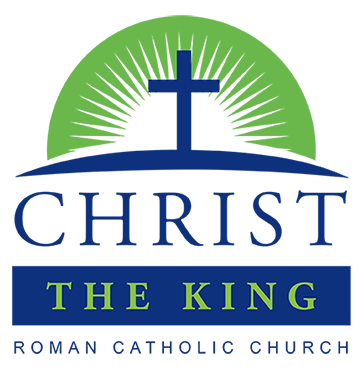Recall that the Catholic Church in the US is in the middle of a three-year Eucharistic Revival. The purpose is to strengthen Catholics’ faith in the sacrament of the Eucharist. We are now in the second year of the revival, which is focused on parish efforts. Our pastoral council has adopted the hymn See us, Lord, about your altar as our parish’s hymn for the Eucharistic Revival. We will sing it one Sunday a month. Below I offer the second part of my commentary on the stanzas.
Wheat and grape contain meaning:
Food and drink he is to all;
One in him we kneel adoring,
Gathered by his loving call.
Why do we use wheat and grape for the sacrament that re-presents Jesus’ sacrifice on the Cross? Baptism is an obvious symbol for washing away sin and giving new life. Bread and wine are less obvious for the sacrament that makes us one with Christ and each other. Jesus’ own words offer a start for understanding: “Unless a grain of wheat falls into the earth and dies, it remains alone; but if it dies, it bears much fruit” (John 12:24). In the Eucharist, Jesus’ death and Resurrection in Jerusalem 2,000 years ago are made present to us in Haddonfield. The Eucharist helps us also to follow Jesus’ pattern of sacrifice: dying by giving of ourselves through service to others and rising to a life of greater virtue and connectedness. But if we don’t give of ourselves, we eventually lose even what we have and we “remain alone” like a single grain of wheat.
Hear us yet: so much is needful
In our frail, disordered life;
Stay with us and tend our weakness
Till that day of no more strife.
Every Christian, through baptism, is promised eternal life. The Eucharist is a “down payment” or pledge of this gift. Thus, the Eucharist as a ritual looks backward – to Jesus’ offering on the Cross 2,000 years ago – and forward, to our entering the kingdom of heaven at the end of our earthly lives.
Members of his Mystic Body,
Now we know our prayer is heard,
Heard by you because your children
Have received th’eternal Word.
In the first half of the Mass, the Liturgy of the Word, we hear about God’s deeds for his people through the proclamation of the Scriptures (First Reading, Responsorial Psalm, Second Reading [Sundays and solemnities only], and Gospel Reading). In the second half of the Mass, the Liturgy of the Eucharist, the ritual symbolizes and makes truly present God’s greatest deed, the sacrifice of his Son.
